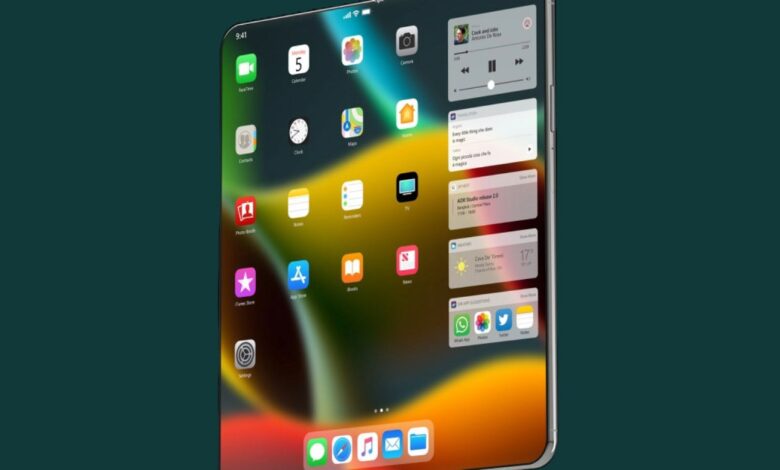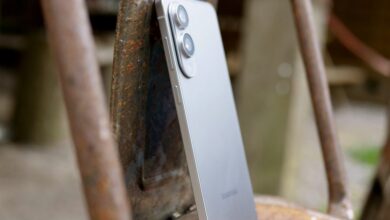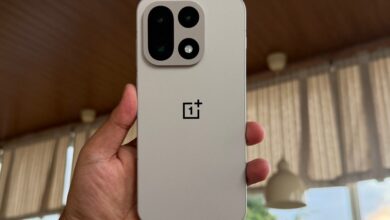IPhone Fold May Be Cheaper Than Expected Thanks to New Hinge Design

Apple's iPhone Fold: A Game Changer on the Horizon
Exciting news is brewing in the tech world as apple’s highly anticipated iPhone Fold edges closer too its launch. Analyst Ming-Chi Kuo has revealed that the cost of its hinge is expected to be around $70 to $80 during mass production. This figure is significantly lower than the previously estimated range of $100 to $120, which could have impacted Apple's pricing strategy.
The hinge: A Key Component
A joint venture between Foxconn and Shin Zu Shing holds approximately 65% of the hinge orders, while Amphenol accounts for about 35%. The reduction in costs seems to stem from improved efficiency and design modifications rather than cheaper materials. This leaner hinge design provides Apple with greater flexibility when it comes to pricing.
Why Pricing Matters
The success of a product launch often hinges on how consumers perceive its value, not just how polished it looks. For instance, Vision Pro’s high price tag quickly limited its audience, highlighting that even a brand like Apple must ensure their products are priced right from day one.
A lower manufacturing cost allows for more generous trade-in offers or carrier promotions that can ignite early interest among buyers. An attractive price point can also expand the initial user base for apps, creating a ripple effect that draws in developers eager to support a growing platform.
With better margins at scale due to reduced costs, Apple gains more leeway in adjusting prices as needed.
Competing with Established Rivals
The entry of Apple's foldable phone will face scrutiny against established competitors who have been refining their offerings. Samsung continues to enhance weight distribution and crease management with devices like the Galaxy Z Fold 7. Meanwhile, Google’s Pixel 10 Pro Fold emphasizes durability and water resistance features.
If Apple successfully balances comfort and affordability in its foldable device, it could redefine what users expect from daily-carry foldables.
User Experience over Specs
In everyday use,factors such as weight distribution and ease of handling may outweigh raw specifications when choosing a device. Additionally,Apple's ecosystem—featuring services like iMessage and seamless continuity across devices—could give them an edge over competitors by enhancing user experience through integrated accessories.
The Road Ahead: What We Know So Far
While there isn’t an official list of specifications or pricing details available yet, ongoing credible reports suggest it's less about if this device will launch but rather when it will hit shelves.Even though savings on components might not directly translate into lower retail prices for consumers right away; timing appears set for late 2026—likely around September—for an official release date.
As rumors swirl regarding various hardware aspects—from screen sizes and camera capabilities to frame materials—the landscape remains dynamic. While some savings may benefit Apple directly without lowering consumer prices immediately; they might opt instead for steady pricing combined with promotional offers or trade-ins designed to make purchasing feel more affordable overall.
Your Takeaway on Apple's Upcoming Device
The anticipation surrounding Apple's entry into foldable smartphones is palpable among tech enthusiasts and casual users alike. With strategic decisions regarding component costs potentially reshaping market expectations—and possibly setting new standards—it’ll be interesting to see how this unfolds.
And don't forget! NoveByte might earn a little pocket change when you click on our links, helping us keep this delightful journalism rollercoaster free for all! These links don’t sway our editorial judgment so you can trust us. If you’re feeling generous support us here!





